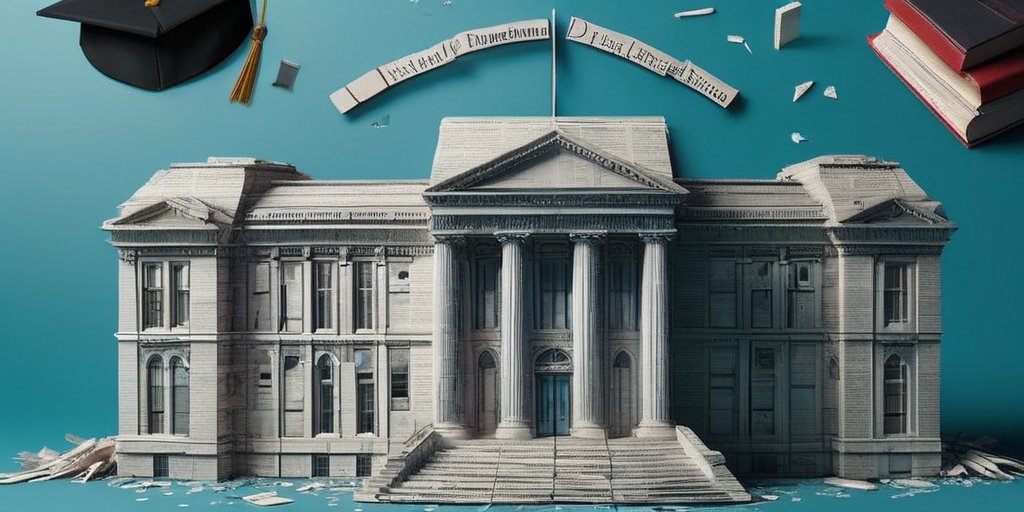In a landmark executive action, President Donald Trump on Thursday officially moved to dismantle the U.S. Department of Education, fulfilling a long-standing conservative desire. This significant decision, made during a notable event in the East Room, poses critical implications for millions of public schools, student-loan holders, and parents across the country.
In his address, Trump stated, “We’re going to shut it down, and shut it down as quickly as possible.” However, amidst Trump’s commitment lies a challenging path, as Congress holds the power to dissolve a Cabinet-level agency, a feat Trump acknowledges is unfeasible given the current vote count. Instead, the executive order instructs Education Secretary Linda McMahon to take necessary steps to facilitate this closure while retaining certain critical functions, such as student loans and grants for at-risk students, within the department’s ambit.
Aspects of the dismantling remain ambiguous, inviting scrutiny into how key operations of the Department of Education will be managed. Press Secretary Karoline Leavitt clarified in a pre-signing statement that some essential functions would remain under the department’s control, albeit greatly minimizing its scope and reach.
Trump articulated his rationale for this initiative, citing poor U.S. test scores compared to high investments per student as a symptom of inefficiency. Trump expressed confidence that without the Education Department, schools could better compete with their counterparts in Europe and China, stating, “I really believe that they’ll be as good as any of them.”
Despite his criticisms, Trump extended an olive branch to teachers, emphasizing their importance in society. “I don’t care if they’re in the union or not in the union. That doesn’t matter. But we’re going to take care of our teachers,” he remarked, acknowledging the delicate balance between his executive action and the sentiments of educators.
The backdrop of this initiative showcases a growing conservative movement aimed at transferring educational control back to states and parents. Factors such as dissatisfaction with local curricula and the fallout from school closures during the Coronavirus pandemic have spurred momentum for this change. Furthermore, the dissolution plan aligns with broader social movements opposing aspects of diversity, equity, inclusion, and LGBT policies in school environments.
While public school funding predominantly comes from state and local sources, the federal Education Department has historically played a pivotal role in managing funding for various programs, including those for students with disabilities and financial aid mechanisms like federal student loans and Pell Grants.
With growing tensions surrounding this executive order, education unions are not hesitant to denounce Trump’s approach. National Education Association President Becky Pringle voiced strong concerns, stating, “Donald Trump and Elon Musk have aimed their wrecking ball at public schools and the futures of the 50 million students in rural, suburban, and urban communities across America.” Pringle warned of the potential backlash – increased class sizes, cuts to critical programs, and diminished student rights protections.
As the executive order unfolds, questions remain about the practicalities of dismantling the Department of Education and how such policies will reverberate through the education system. With Trump committed to shifting responsibilities within federal agencies, challenges lie ahead in ensuring a seamless transition while meeting the stringent legal requirements surrounding educational funding and support services.
This executive action, emblematic of Trump’s ongoing battle against perceived federal overreach, is likely to face significant legal challenges as stakeholders reflect on its potential impacts across educational landscapes.
